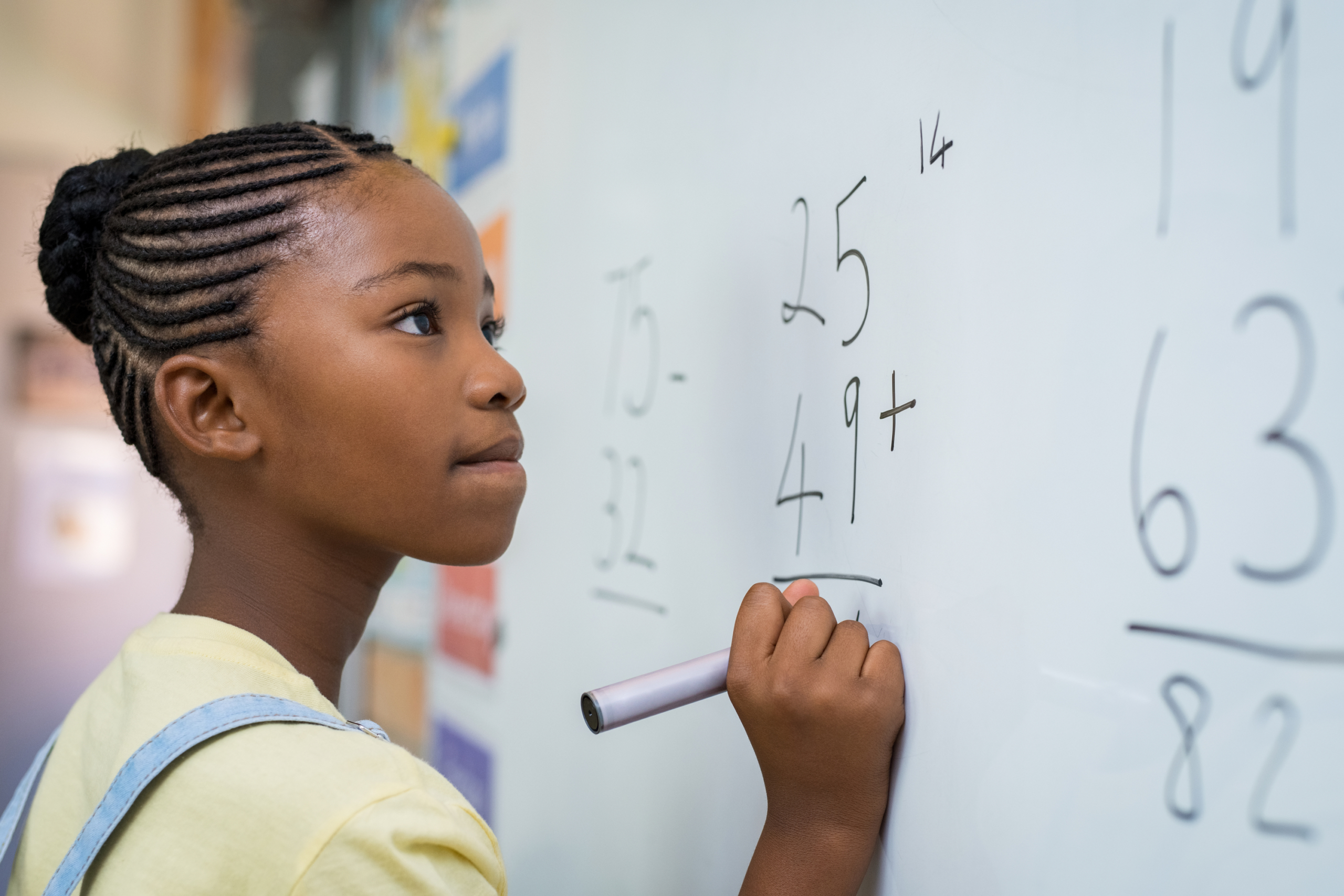Children learn in diverse ways every day — that goes without question. Some are more creative and free-thinking, some enjoy the arts and expressing themselves, while others are great critical thinkers and solve problems — both mathematical and real-life ones. Have you ever wondered why that is?

The explanation behind this — based on the theory developed by Harvard graduate Howard Gardner and described in his 1983 book Frames of Mind — is that there are eight different learning styles or intelligences, and each focus on their own individual competencies. Each of these intelligences have their own characteristics that help humans fall into these categories. These characteristics can be based on genetics or experiences.
In accordance with Gardner’s theory, the eight intelligences are defined as:
- Linguistic Intelligence – People with this type of intelligence use language to help achieve their goals. These types of people communicate their thoughts and needs clearly through language. Linguistics enjoy putting their thoughts down on paper in hopes to change their world or the world around them. Types of careers for folks with linguistic intelligence are authors/writers, journalists, and lawyers.
- Logical-Mathematical Intelligence – These types of thinkers can solve complex and analytical problems quickly through logical reasoning, often computing in-depth equations in their heads rapidly. Albert Einstein and Bill Gates have been associated with having logical-mathematical intelligence. Potential careers for people holding these skills are scientists, computer analysts, mathematicians, and accountants.
- Spatial Intelligence – These individuals see “the big picture.” They can take a lot of space and manipulate it to form it into something else. They visualize things in their mind’s eye. Big spaces such as empty plots of land, a blank canvas, open air, and a lump of clay are where “spatials” thrive. People with this type of intelligence often become pilots, sculptors, architects, surgeons, interior decorators, and graphic artists. Frank Lloyd Wright is considered a person who possessed spatial intelligence.
- Bodily-Kinesthetic Intelligence – People who possess this type of intelligence use their bodies — either in whole or in part — to solve problems. Athletes such as Derek Jeter, Simone Biles, Serena Williams, and Michael Phelps use their bodies to produce art, perform a skill, and have a mind-to-body connection that helps them move as one. Dancers and athletes make up this career category, although surgeons, laborers, and physical therapists are included, as well.
- Musical Intelligence – This intelligence appears to be self-defining as folks comprised of this intelligence can compose, produce, and appreciate music. Classic composers such as Mozart and Beethoven to more modern additions like John Williams and Danny Elfman possess musical intelligence. Naturally, most careers in the music industry would fall into this intelligence.
- Intrapersonal Intelligence – This type of intelligence refers to people who understand themselves, their strengths and weaknesses, their desires, and fears. They then use this information to shape their lives, sometimes referred to as “self-smart.” Careers that suit this intelligence include therapists, counselors, psychiatrists, and clergy.
- Naturalist Intelligence – Individuals with naturalist intelligence are very in tune with nature and hold expertise in classification and recognition of species. They can easily discern between wide varieties of plants, weather patterns, and animals. Biologists, meteorologists, botanists, and geologists call on this intelligence in their lines of work.
- Interpersonal Intelligence – These folks are able to interpret other’s intentions, desires, and motivations with little effort. People who have these characteristics can easily work with others, helping them quickly solve problems. Teachers, public relations, salespeople, and managers emulate their interpersonal intelligence well.

Now that you’re a little more familiar with Gardner’s theory, we can delve more into logical mathematical intelligence, or learning. Each child has their own personality and characteristics — as us parents know all too well. Children who express logical mathematical intelligence learn and process information differently than the rest. They also present their knowledge differently. Those children are strong in math, logic, problem-solving, and patterns. They also enjoy working with numbers, classifying, and organizing. In other words, they are meticulous. Kids who showcase these traits often look for the most logical and sensible way to solve problems or explain themselves. They use charts, patterns, figures, and lean on facts or research to prove themselves.
If you are a parent with a child who exhibit these characteristics, you may be wondering how to nurture and develop them. Understanding the inner workings of those children’s brains is the most likely place to start. Besides Gardner’s outline of his theory, we can recommend “70+ Things To Do with a Hundred Chart: Number, Shape, and Logic Activities from Preschool to Middle School”
In addition to the above-mentioned texts, there are several puzzle style games and toys made to cultivate logical thinking. Montessori toys such as binomial and trinomial cubes hundred board counting toys
With these recommendations and some additional personal research, we feel parents of kids who are logical mathematical thinkers will quickly understand more about their children and how they learn. This can not only help your children thrive, it could also strengthen your bond between you and them.



